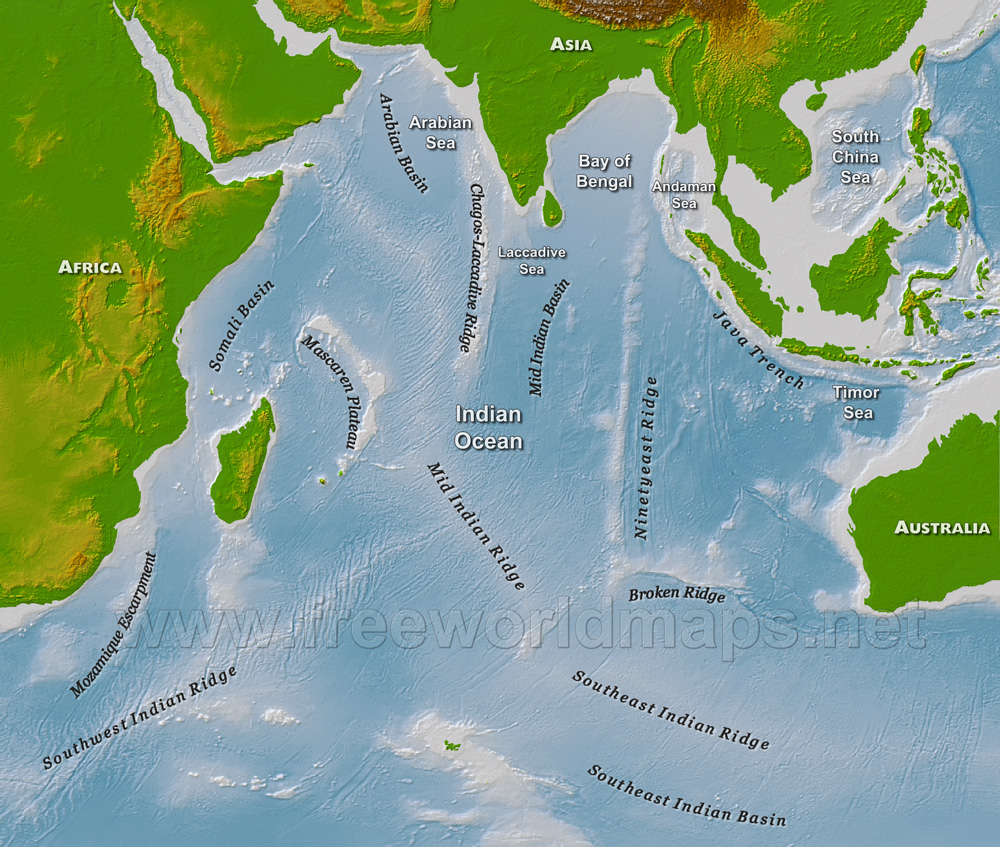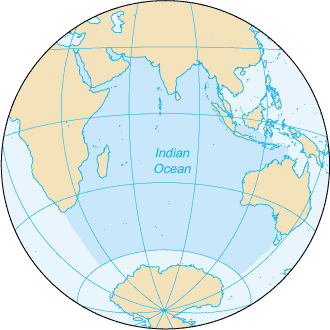A Little Indian Ocean Info
/As we depart to cross the Indian Ocean, we thought we'd provide a little info about this major body of water we're intending to cross. According to Knoji Geography, the Indian Ocean “consists of 57 island groups or archipelagos, 16 seas or large gulfs, borders 16 African countries, 18 Asian countries and one Australasian state, and covers five submerged, oceanic ridges, five divergent tectonic plate boundaries and one Triple Point.” ...Wow!
- The Indian Ocean is the third largest of the world's oceans, comprising approximately 20% of the water on Earth's surface.
- It's the warmest ocean in the world.
- The Indian's average depth is 3,890m (12,762ft).
- Its deepest point is Diamantina Deep in Diamantina Trench at 8,047m (26,401ft) deep
- An estimated 40% of the world's offshore oil production comes from the Indian Ocean.
- The waters of the Indian Ocean provides the world's largest breeding grounds for humpback whales.
- The Coelacanth, a fish which was thought to be extinct, was discovered in the warm Indian Ocean waters off the Comoro islands between Mozambique and Madagascar.
- The Indian is considered the world's only “closed” ocean because it's landlocked to the north by the Asian continent.
- Because of its warm temperature, the Indian has the highest evaporation level of all the oceans and therefore the highest salinity (salt) level. This also accounts for the lowest level of marine life in all the world's oceans. (Maybe not much luck fishing as we transit, huh?)
- TheRodrigues Triple Point, near Rodrigues Island, is a geologic triple junction in the southern Indian where three tectonic plates meet.
- The Indian Ocean is known as Ratnakara in ancient Sanskrit literature, translating to "the mine of gems".



